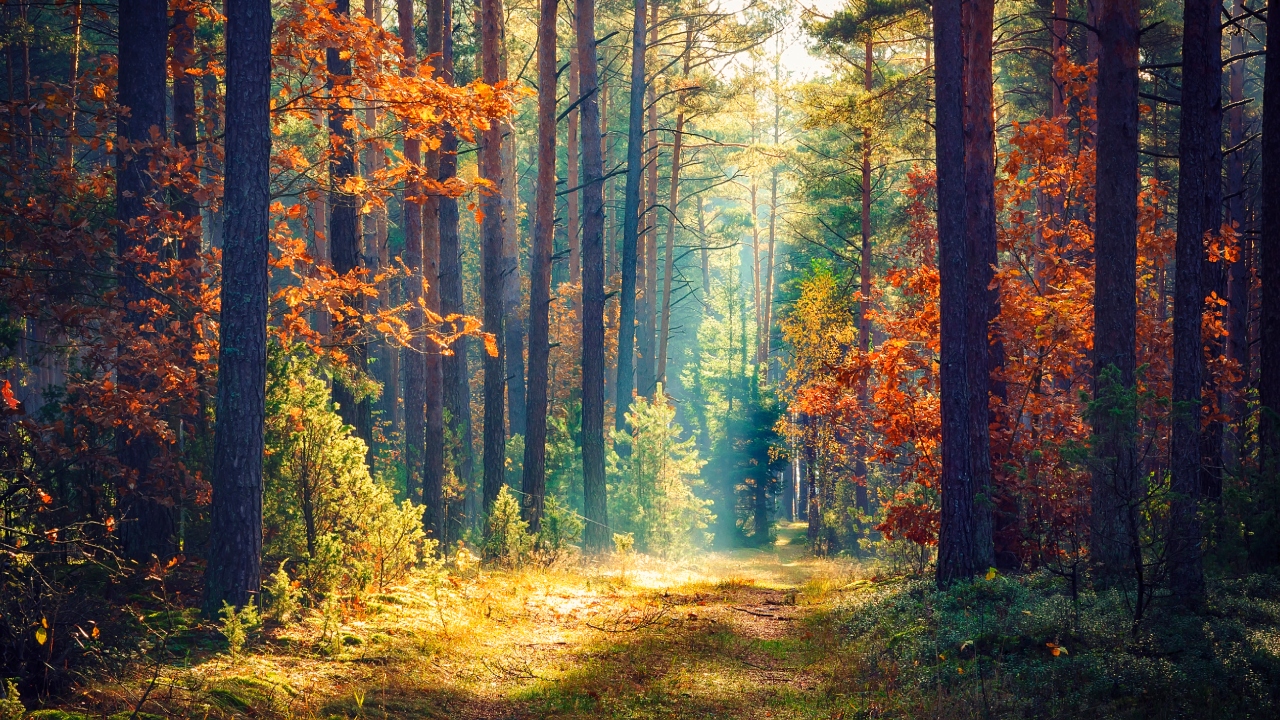Natural spaces linked to better health – especially for poorer areas

We know wealth is a huge decider of public health, with people in wealthier neighbourhoods enjoying longer life expectancy. Now a new study has suggested that natural spaces can reduce this inequality.
Published in the Journal of Epidemiology of Community Health, the research suggests that the amount of green and blue space in an area lengthens the lifespans of people under 65: and, critically, narrows the lifespan gap between richer and poorer areas.
Fighting for green space is nothing new to many people, like those in places like Adelaide, Perth and Canberra, but this new understanding will add weight to their arguments that it needs to be retained.
The researchers took data from the 2016 Scottish Burden of Disease study, which tracks health in the Scottish population at a local level.
Examining data from people aged under 65, the researchers tracked “years of life lost”, or YLL, to get an idea of the chance of premature death.
The researchers then used the Ordnance Survey Mastermap to examine area of natural space or private garden. This included woodland, marshes, open water, natural and semi natural grassland (such as grass on sports pitches, roadside verges, and farmland), agriculture, and bare rocky ground or sand and soil.
Comparing these two showed that areas with the highest income deprivation had smallest amount of natural space and gardens, as well as the worst health.
But, even when wealth was controlled for, natural spaces were still linked with improved health.
Every 10% increase in natural space was associated with a 7% fall in premature deaths.
Because the study is observational, the researchers can’t show that natural spaces are causing better health: even though income has been taken into account, there may be other factors at play.
But, since this result is similar to other studies which have found a beneficial effect of nature, the researchers are hopeful that natural spaces have an “equigenic” effect: they can help to equalise the effects of wealth inequality.
“An increased amount of natural/green spaces within local areas has the potential to reduce the disparity in YLL between the most and least income deprived areas,” write the researchers in their paper.
An accompanying editorial points out that we still don’t fully understand why natural spaces are good for our health.
“Why is green space beneficial? An obvious explanation is that interaction with the natural environment drove our evolution; thus, we prefer biologically diverse environments and derive mental benefits from them,” write the editorial authors, who weren’t involved with the research.
“Physical activity, facilitated by green space, is an established contributor to better health,” they add. They also suggest that more time in green space improves the diversity of our microbiome and immunity, but advocate for more research in the area.
This article originally appeared on cosmosmagazine.com and was written by Ellen Phiddian.
Image: Shutterstock
